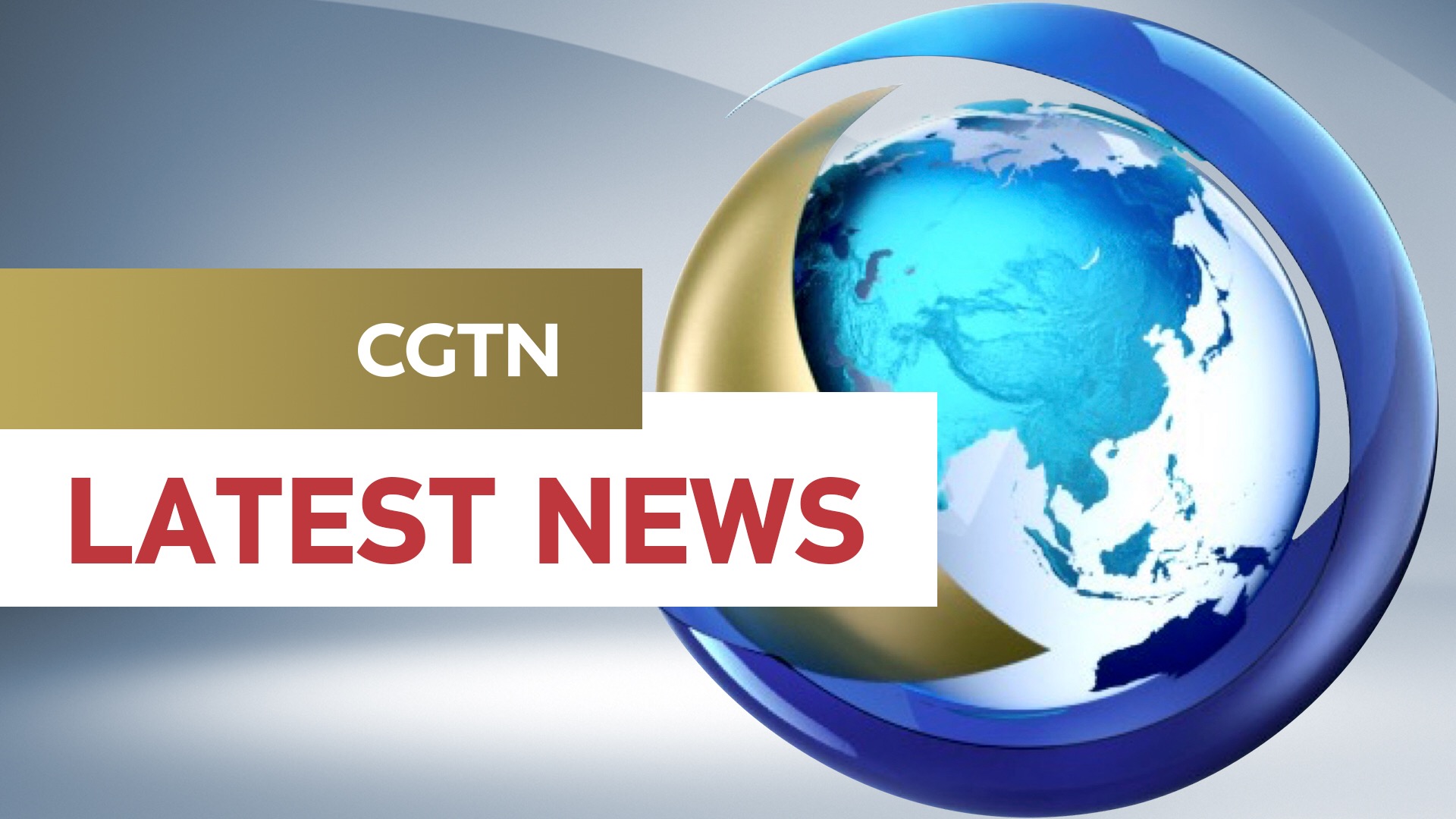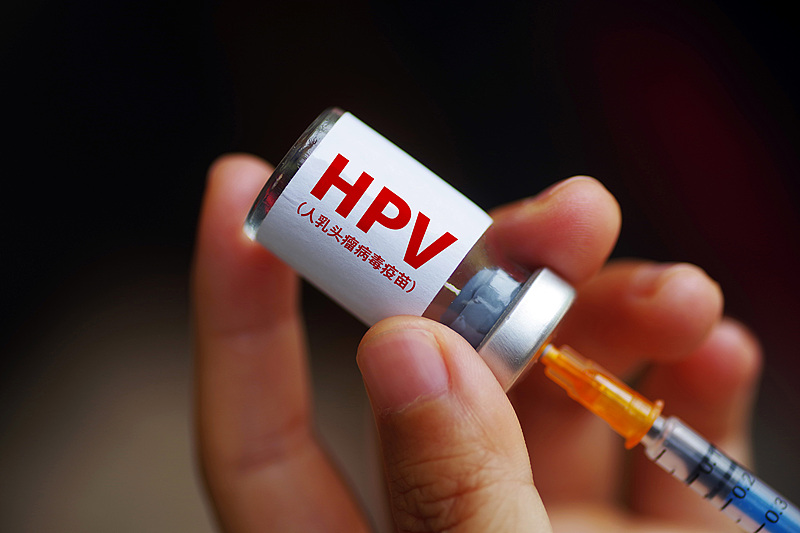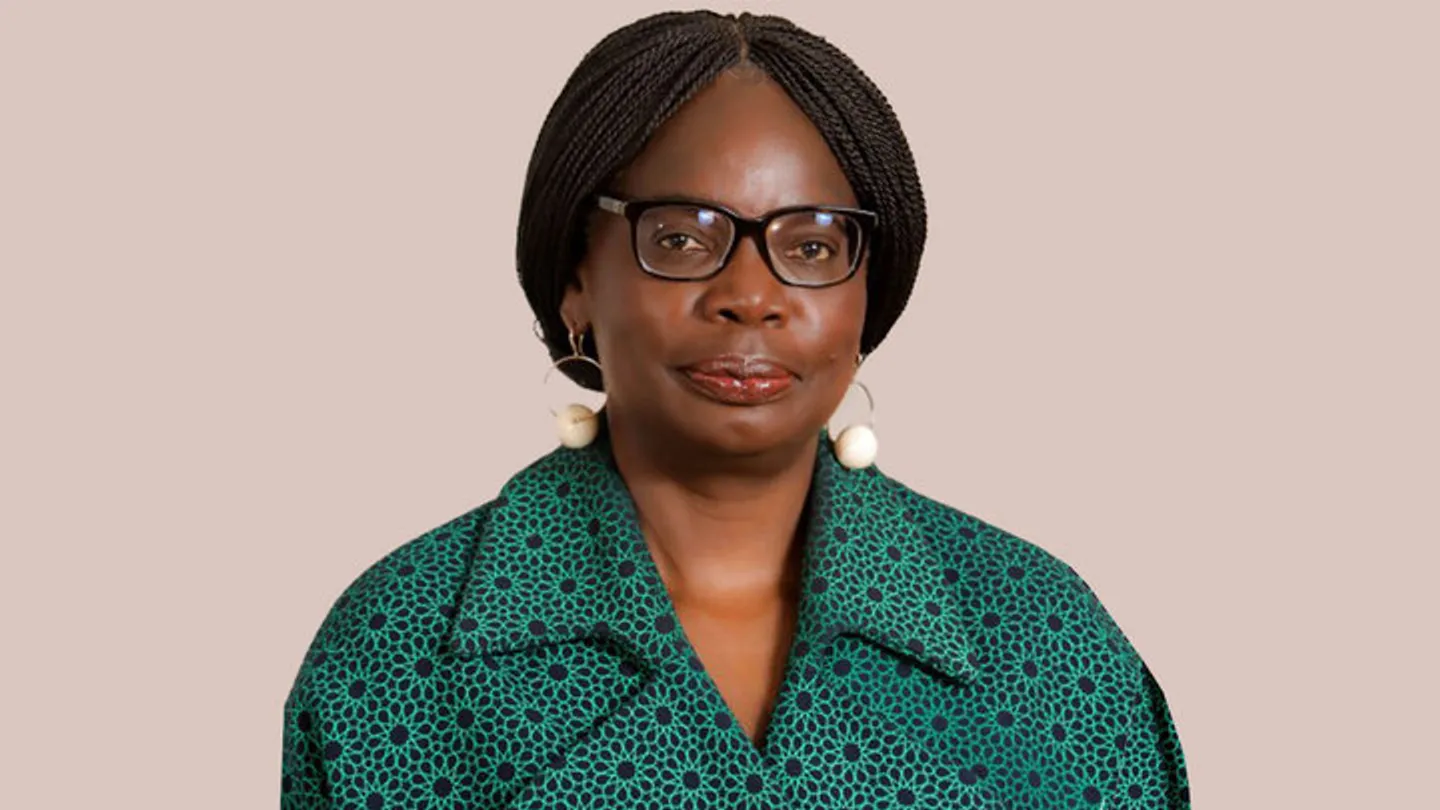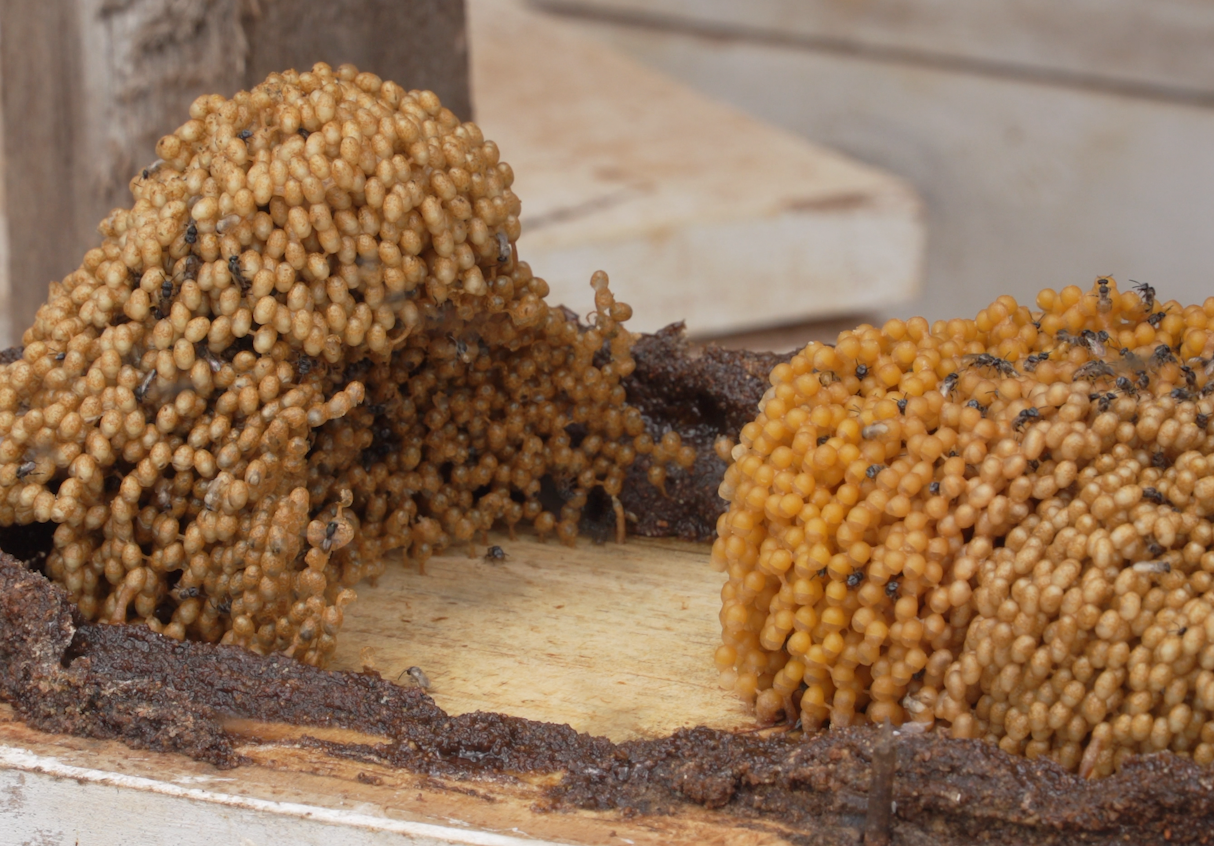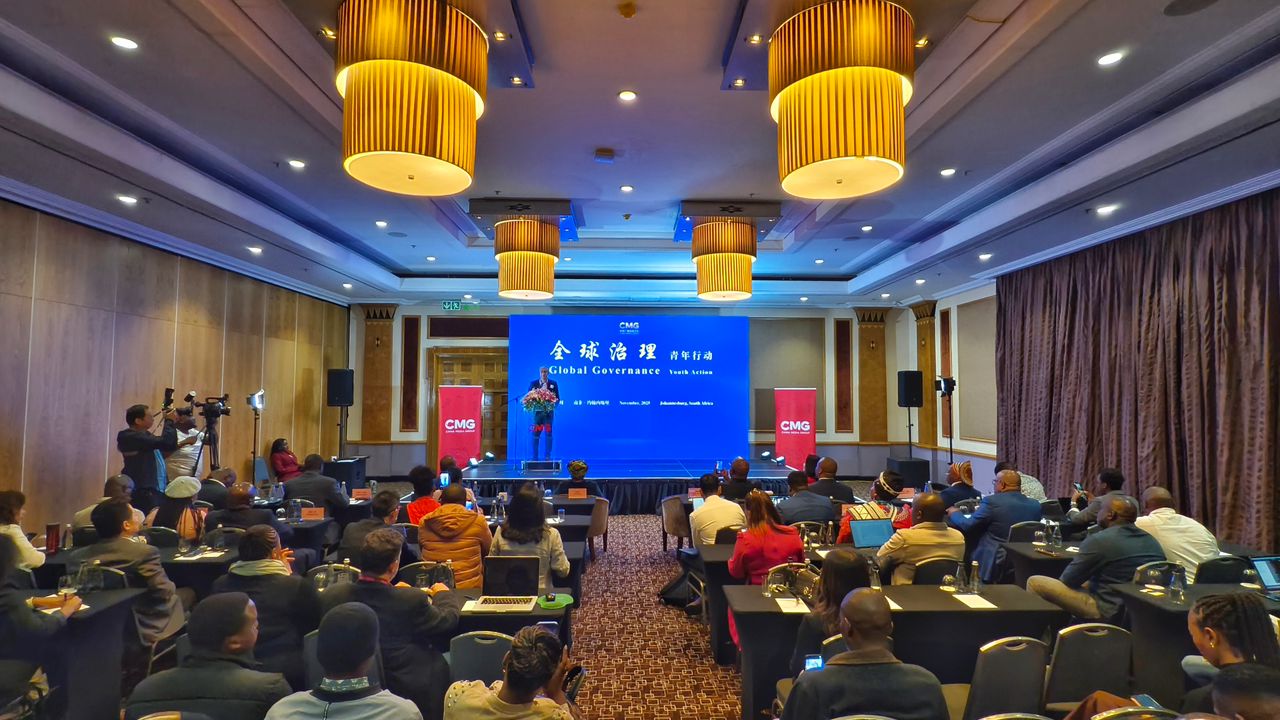What is the Montreal Protocol all about?
Rwanda’s capital Kigali is hosting the 28th Meeting of Parties to the Montreal Protocol, with more than 1,000 international leaders and ozone preservation and low carbon development experts expected to attend.
The meeting aims to come up with better legislation to ensure the protection of the ozone layer, particularly aiming to ensure the reduction of the use of hydrofluorocarbons (HFCs).
So, just what is the Montreal Protocol?
The Montreal Protocol on Substances that Deplete the Ozone Layer is an international treaty designed to protect the ozone layer.
The Protocol particularly aims to phase out the production of numerous ozone layer-depleting substances.
The Protocol was agreed in 1987, but only came into force in 1989.
Since its establishment, the Protocol has been amended eight times to achieve better results.
Due to its widespread adoption and implementation it has been hailed as an example of exceptional international co-operation, with Kofi Annan quoted as saying that “perhaps the single most successful international agreement to date has been the Montreal Protocol.”
A successful amendment of the Montreal Protocol in Kigali would signal the world’s commitment to practical action towards achieving the goals of the Paris Agreement.
Once passed, the amendment would help the world avoid a 0.5°C global warming by the end of the century.
Experts also say that the passing of the amendment would help the world reduce the number of skin cancer cases by two million annually.
Rwanda has already urged the world to pass the ambitious amendment to reduce climate change.



